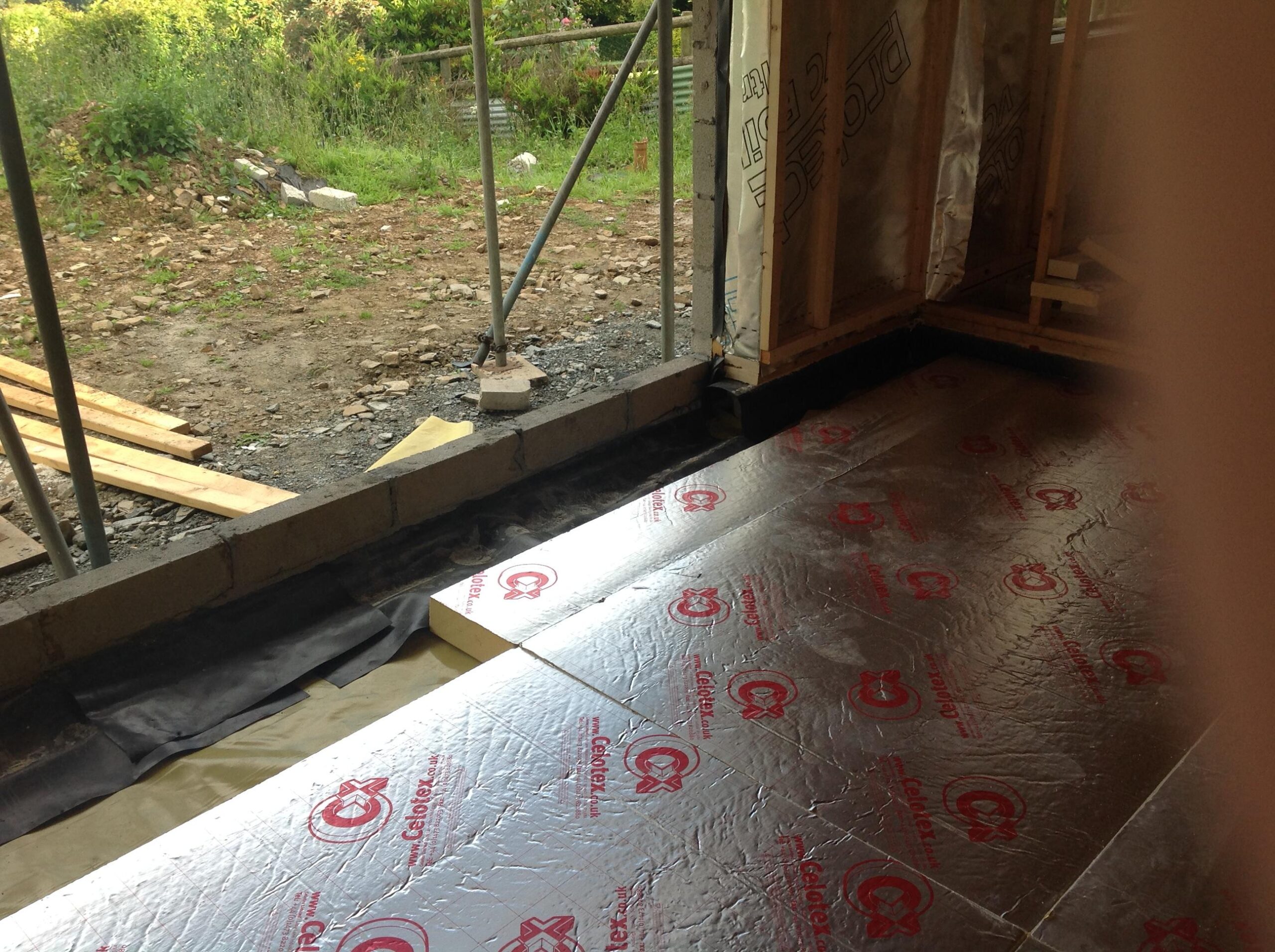If you’re working in underground structures or in close contact with soil, you may be at risk for radon exposure. Radon is an invisible, odourless, tasteless, radioactive gas formed by the disintegration of uranium in the soil. Radon is present everywhere in small amounts, but high radon levels can occur in regions where the rock or soil is rich in uranium. High levels of radon are linked to lung cancer. In fact, long-term exposure to radon gas is the second highest cause of lung cancer after smoking. If your work involves spending extended periods underground, or if you’re working in caves or excavations, be aware that radon can be a dangerous workplace hazard.
Where is radon found?
Low levels of radon exist everywhere but radon can become hazardous when work is being done in or around uranium-rich earth. As the uranium decays it turns into radium, which then decays into radon gas. Radon gas can be present outdoors and can also leach through soil and floors and enter buildings and other enclosed spaces.
The concentration of radon in the indoor air depends on the amount of radium in the soil and how easily it can move through building materials and into indoor spaces. Things like concrete floors and walls slow down the movement of radon from the soil into a building, but cracks and other gaps allow radon to enter. Indoor radon concentrations are almost always higher than outdoor concentrations. Once inside a building, radon cannot easily escape, and this situation is worsened by building seals that are designed to limit the amount of outdoor air entering the building (for energy conservation purposes). Radon levels are generally highest in cellars and basements because these areas are nearest to the source and are usually poorly ventilated.
How to reduce the risk
If you work in an area that is known to have high concentrations of radon, you should investigate the conditions. This is particularly important if you are working in excavations or in structures with rooms partially or fully below ground level. Qualified professionals can provide an assessment or you can do it yourself with a measuring kit available online or in hardware stores. To provide a realistic measure of the radon exposure, measurements should be made in the lowest occupied level of the structure.
If your area tests above the government issued guidelines, you should hire a certified radon professional to assess how the radon level can best be reduced. The most common radon reduction method is called sub-slab depressurization. With this solution, a pipe is installed through the basement sub-flooring to an outside wall or up through to the roof line. Then a small fan is attached to draw the radon from below the building to the outside before it can enter the indoor spaces. This type of system can reduce the radon level in a building by more than 90%. Increasing ventilation and sealing major entry routes can also help reduce radon levels, but their effectiveness will be limited depending on the radon concentration and the unique characteristics of each building.
If you’re concerned about the uranium content in your workplace, many regions have maps available that identify areas with uranium-rich soil. Consulting one of these maps or taking radon measurements is a necessary first step to assessing your risk of being exposed to radon in your workplace.
